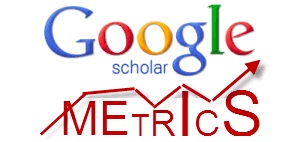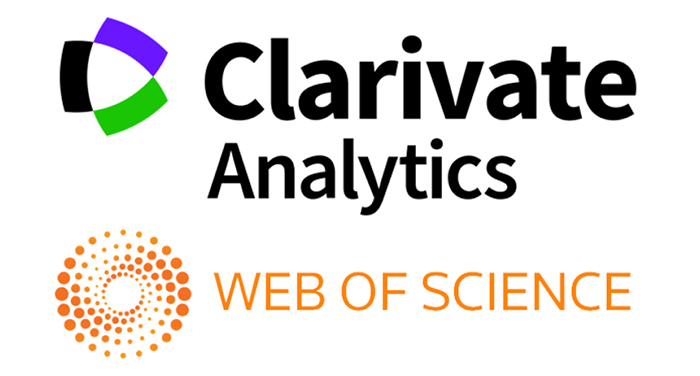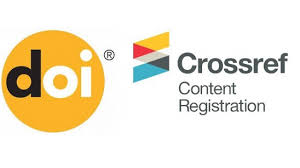TECHNOLOGY FOR IMPLEMENTING ELECTRONIC EDUCATIONAL RESOURCES BASED ON PROBLEM-BASED APPROACHES INTO PRACTICE
Abstract
This study explores the technological and pedagogical strategies for implementing EERs within PBL, assessing their impact on student
learning and engagement. Using a mixed-methods approach with surveys, interviews, and performance assessments, the study finds that
students who engage with EERs in PBL settings show increased motivation, improved understanding, and better problem-solving skills.
The study recommends solutions like faculty training, investment in adaptive digital platforms, and fostering student collaboration in
virtual spaces to optimize the implementation of PBL-based EERs. It contributes valuable insights into using technology for more
effective, student-centered learning in higher educationv
References
2. Barrows, H. S. (1986). A taxonomy of problem-based learning methods. Medical Education, 20(6), 481-486.
3. Boud, D., & Feletti, G. (1997). The Challenge of Problem-based Learning. Kogan Page.
4. Davis, B. G. (2009). Tools for Teaching (2nd ed.). Jossey-Bass.
5. Garrison, D. R., Anderson, T., & Archer, W. (2001). Critical inquiry in a text-based environment: Computer conferencing in higher education. The Internet and Higher Education, 2(2-3), 87-105.
6. Hmelo-Silver, C. E. (2004). Problem-based learning: What and how do students learn? Educational Psychology Review, 16(3), 235-266.
7. Jonassen, D. H. (1999). Computers as Mindtools for Schools: Engaging Critical Thinking. Prentice Hall.
8. Kirkwood, A., & Price, L. (2014). Technology-enhanced learning and teaching in higher education: What is ‘enhanced’ and how do we know? Learning, Media and Technology, 39(1), 6-36.
9. Lahtinen, J., & Kallio, H. (2020). Digital pedagogy and its impact on student engagement and learning outcomes. Educational Technology Research and Development, 68(3), 1425-1444.
10. Merrill, M. D. (2002). First Principles of Instruction. Educational Technology Research and Development, 50(3), 43-59.
Copyright (c) 2025 News of the NUUz

This work is licensed under a Creative Commons Attribution-NonCommercial-ShareAlike 4.0 International License.


.jpg)

1.png)







